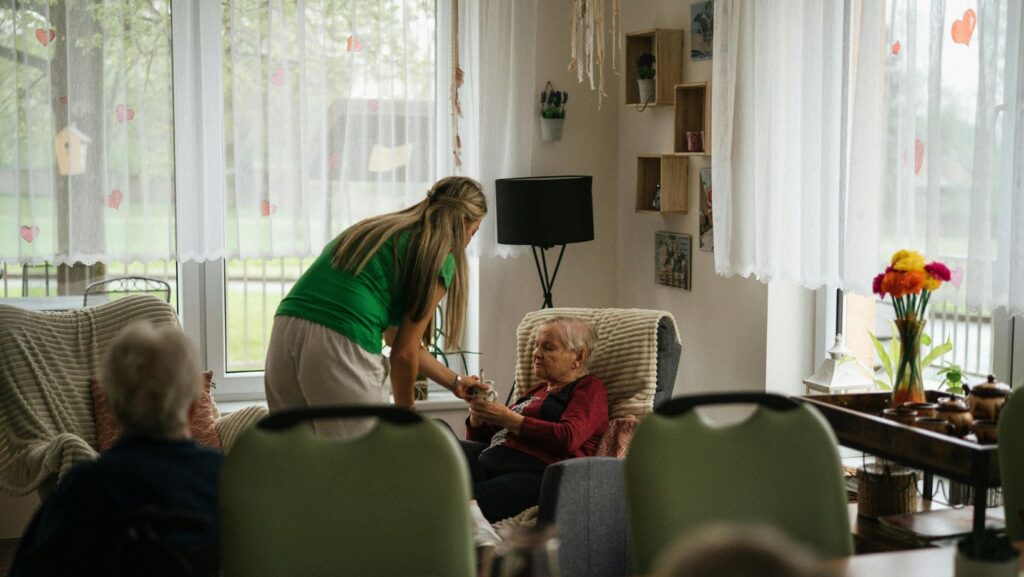In the heart of paradise, where ocean breezes carry the scent of plumeria and families often gather to care for their kūpuna, the reality inside some Honolulu care homes is less idyllic. Behind carefully tended gardens and bright reception areas, silent neglect often hides in plain sight—missed medications, unanswered calls for help, and residents left alone for hours.
Many families assume their loved ones are safe in long-term care facilities, but understaffing, poor training, and lack of oversight can turn these supposed havens into places of quiet suffering. Neglect in care homes doesn’t always make headlines, but its impact is devastating. When families suspect mistreatment, compassionate and skilled advocates—like Singleton Schreiber Injury Attorneys—can help uncover the truth and hold negligent facilities accountable.
The Hidden Side of Elder Care in Honolulu
Hawaii has one of the fastest-growing elderly populations in the nation, and with it comes a surge in demand for assisted living and nursing facilities. Unfortunately, not every care home is equipped to meet that demand. Many are understaffed, underfunded, and ill-prepared to provide the level of attention residents deserve.
Neglect doesn’t always look like abuse. It’s often the result of systemic problems—overworked caregivers, poor communication, or facility administrators cutting corners to save costs. Yet its effects can be just as harmful, leading to physical decline, emotional withdrawal, or preventable medical emergencies.
Common Signs of Neglect
Family members visiting loved ones in Honolulu care homes may not recognize the early warning signs of neglect. Some of the most frequent indicators include:
- Unexplained weight loss from missed meals or dehydration.
- Bedsores or skin infections caused by lack of movement or poor hygiene.
- Frequent falls or bruises due to unsupervised mobility.
- Dirty clothing or unkempt living spaces indicating insufficient cleaning.
- Changes in mood or behavior, such as anxiety, fear, or depression.
These symptoms often go unnoticed or dismissed as part of aging. But in many cases, they point to ongoing neglect that can—and should—be prevented.
Why Neglect Happens
Care homes in Honolulu face unique challenges. Hawaii’s high cost of living and workforce shortages make it difficult for facilities to recruit and retain qualified staff. When too few caregivers are responsible for too many residents, even well-intentioned employees struggle to provide adequate attention.
Additionally, some facilities fail to train their workers properly in elder care, medication administration, and emergency response. Without oversight and accountability, basic needs—like hydration, repositioning, and emotional engagement—are neglected. The result is an invisible epidemic of suffering that often continues until tragedy strikes.
Emotional and Psychological Impact
Neglect is not just a physical issue—it deeply affects a resident’s sense of dignity and emotional well-being. Elderly individuals who are ignored or isolated may experience severe loneliness, anxiety, and loss of purpose. Over time, these emotional wounds can lead to cognitive decline or depression.
For family members, realizing their loved one has endured this silent pain can bring guilt and heartbreak. They trusted the care home to provide safety and compassion, only to discover indifference or neglect in its place.
Medical Consequences of Neglect
Neglect can have life-threatening medical consequences. Common outcomes include:
- Infections from untreated wounds or unsanitary living conditions.
- Malnutrition and dehydration that weaken the immune system.
- Medication errors caused by skipped doses or improper administration.
- Falls resulting from lack of supervision or mobility assistance.
- Severe bedsores that can lead to sepsis or other complications.
These conditions are preventable with proper staffing, training, and oversight. When they occur repeatedly, they often point to a pattern of systemic negligence.
Legal Rights of Families and Residents
Hawaii law protects residents of nursing homes and assisted living facilities under both state and federal regulations. Facilities are required to meet specific standards of care, maintain safe environments, and respect residents’ rights to dignity and proper medical attention.
When these standards are violated, families have the right to file complaints or pursue civil action. Legal claims can address injuries, emotional distress, or even wrongful death resulting from neglect. Importantly, holding negligent care homes accountable can help protect other residents from similar mistreatment in the future.
Gathering Evidence and Proving Neglect
Proving neglect can be challenging, especially when residents are unable to communicate clearly. Families can strengthen their case by keeping detailed records and gathering evidence, such as:
- Photographs of injuries, living conditions, or visible hazards.
- Medical records documenting sudden changes in health.
- Witness statements from other residents, visitors, or staff.
- Written communications between family members and the facility.
- Inspection or violation reports from the state Department of Health.
Experienced attorneys often work with medical experts and investigators to identify patterns of neglect that facilities try to conceal.
Accountability and the Power of Legal Action
Taking legal action isn’t about punishment—it’s about protection. When families pursue claims against negligent care homes, they send a clear message: our kūpuna deserve better. These cases can lead to stronger regulations, improved staffing ratios, and better oversight across the state.
Legal accountability can also provide closure for families who feel betrayed by institutions they trusted. Compensation helps cover medical expenses, pain and suffering, and the cost of relocating loved ones to safer environments. More importantly, it shines a light on facilities that put profits before people.
How to Choose a Safe Care Home
Prevention starts with research. Families can reduce the risk of neglect by visiting care homes in person, asking direct questions, and observing daily operations. Key things to look for include:
- Cleanliness and overall maintenance.
- Staff-to-resident ratios.
- How caregivers interact with residents—are they attentive and kind?
- Availability of medical personnel.
- How quickly staff respond to calls for help.

Online reviews, inspection records, and recommendations from local agencies can also provide insight into a facility’s reputation.
Honoring Our Kūpuna Through Compassion and Vigilance
Hawaii’s culture is built on respect for elders—our kūpuna are the keepers of stories, language, and heritage. Ensuring their safety is not just a legal duty but a moral one. Every resident in a care home deserves dignity, attention, and empathy.
Families who speak up when something feels wrong play a crucial role in ending neglect. Awareness, vigilance, and action are the tools that protect our most vulnerable community members. When compassion meets accountability, change becomes possible.
